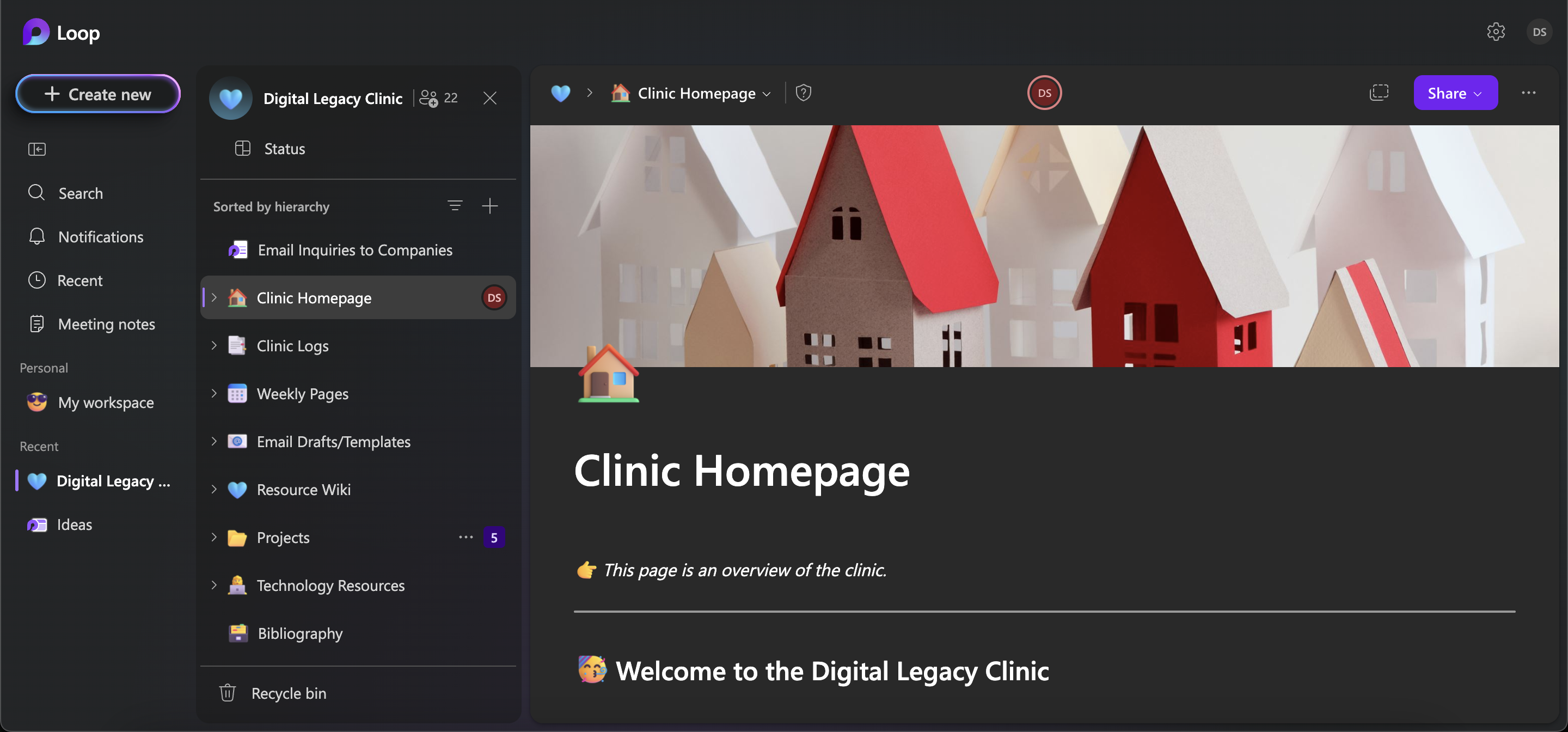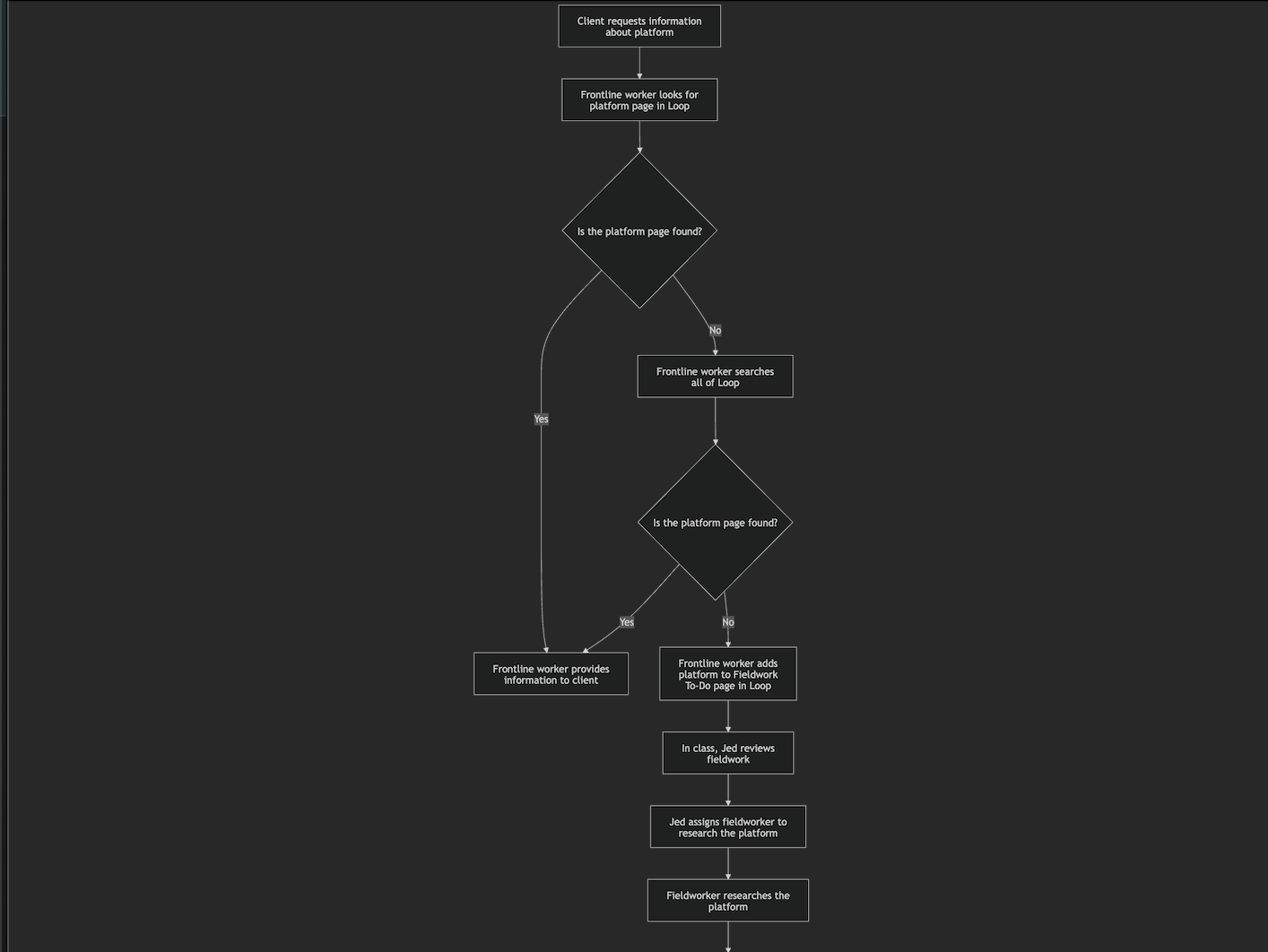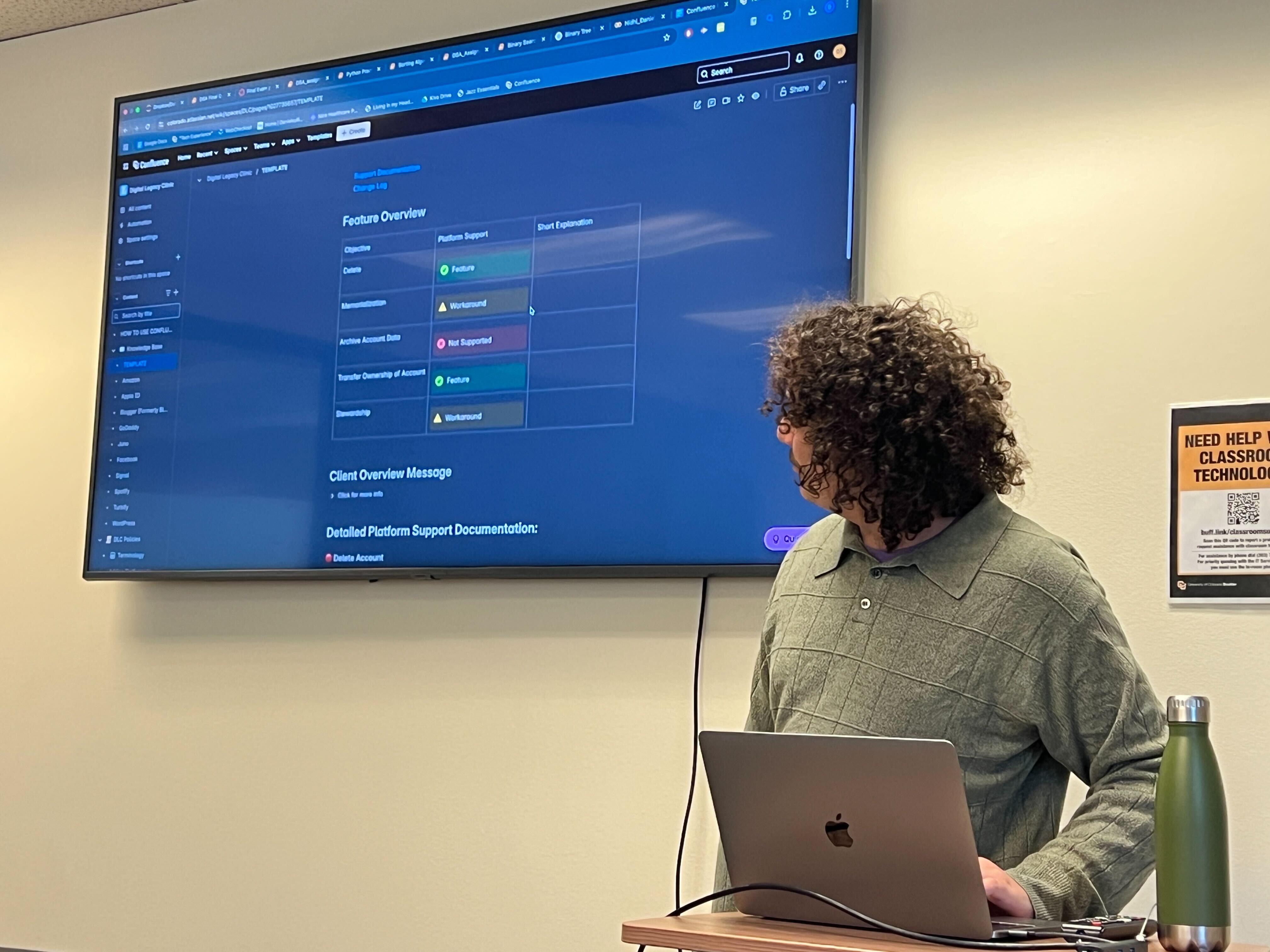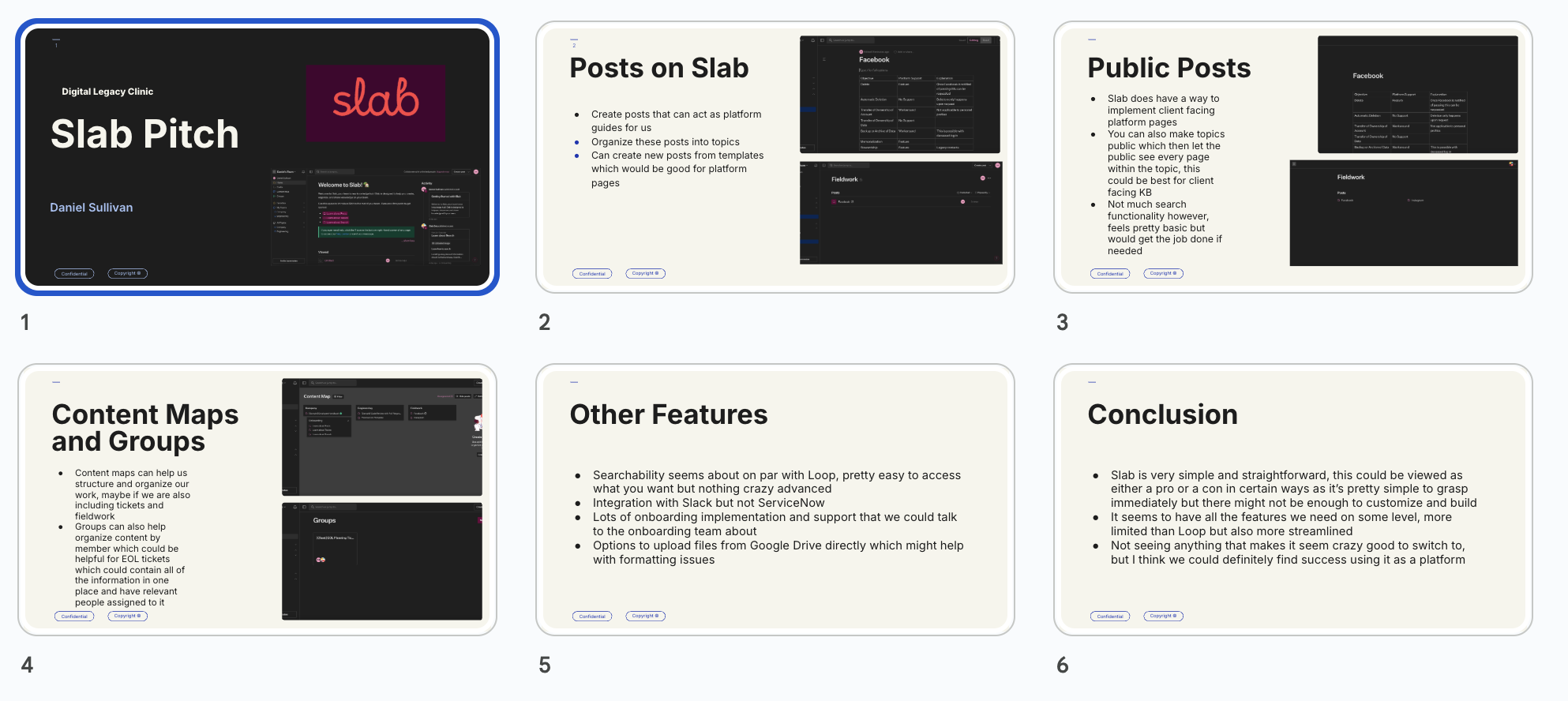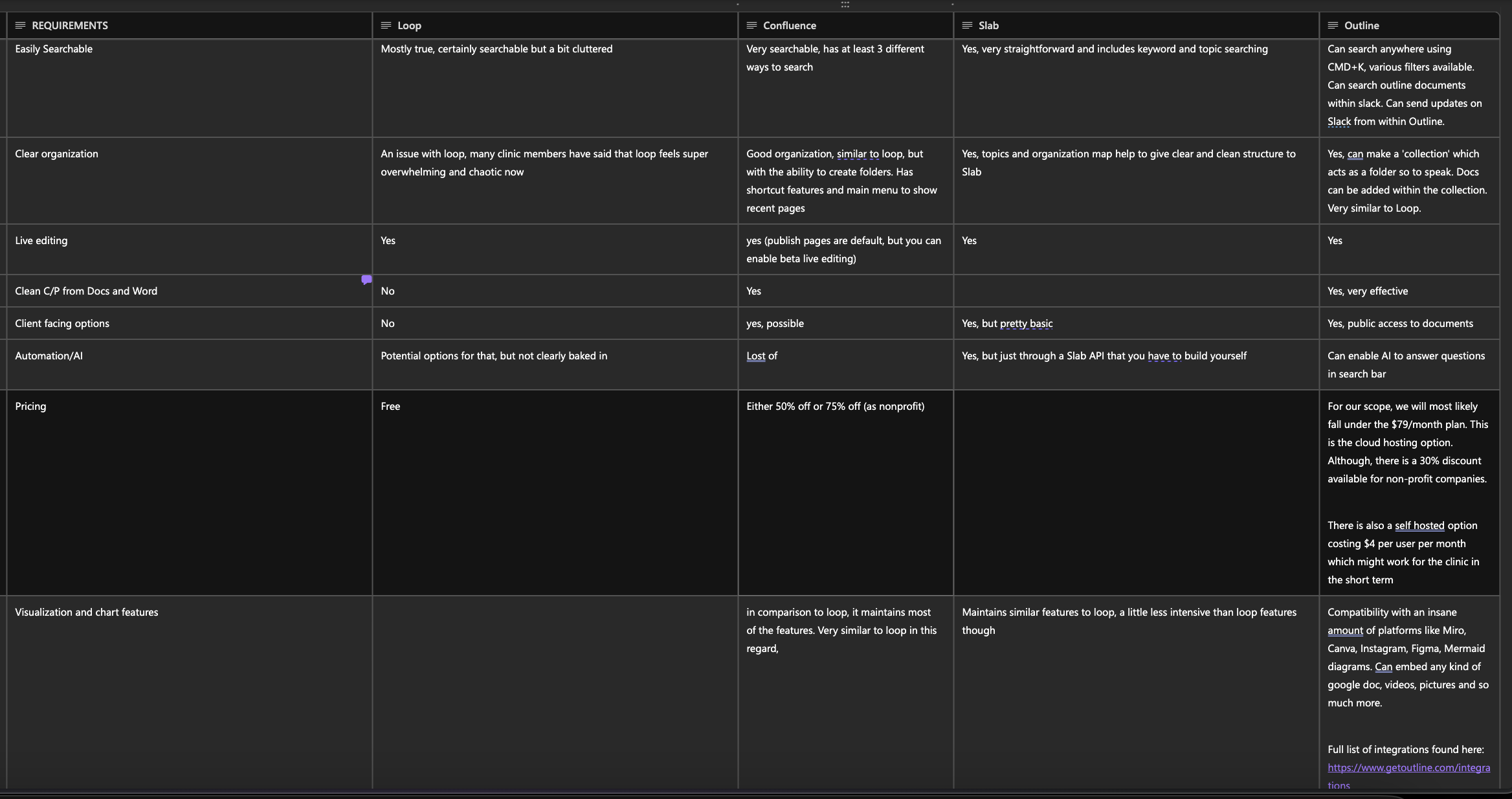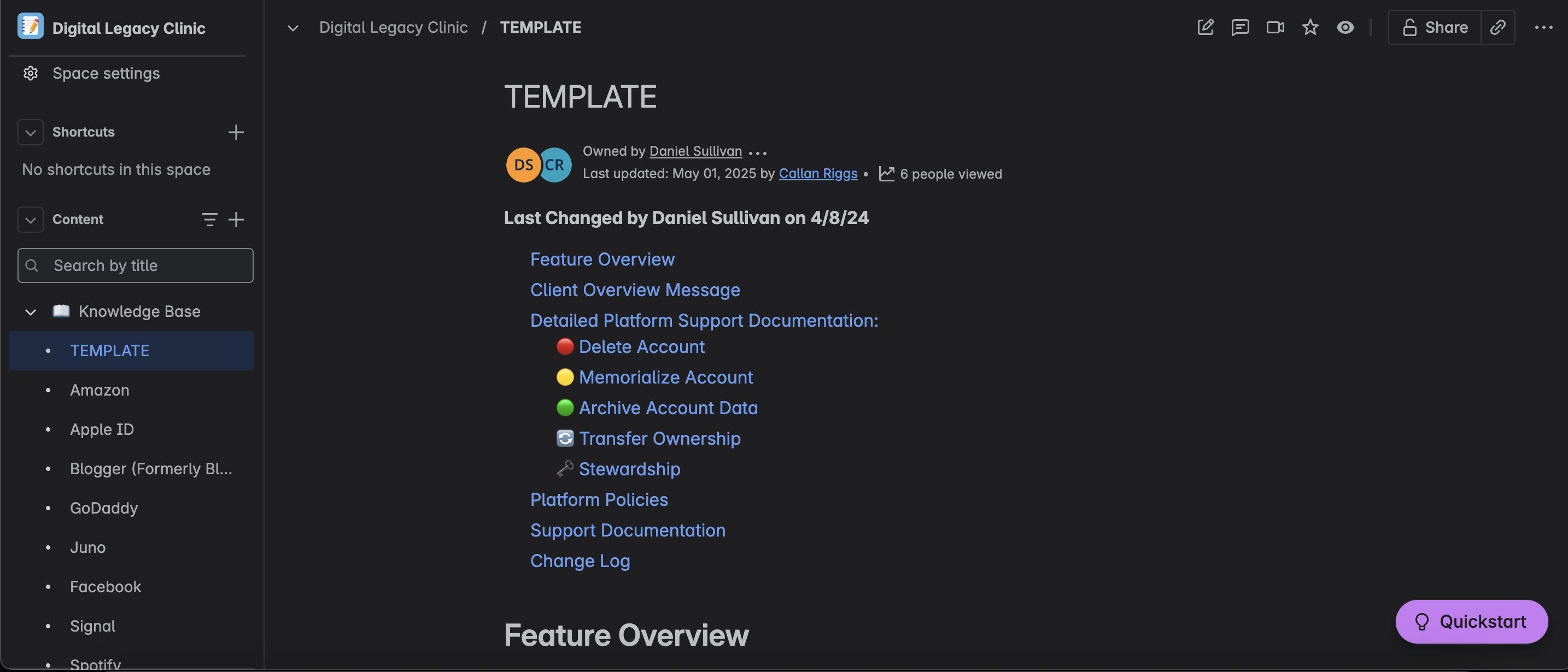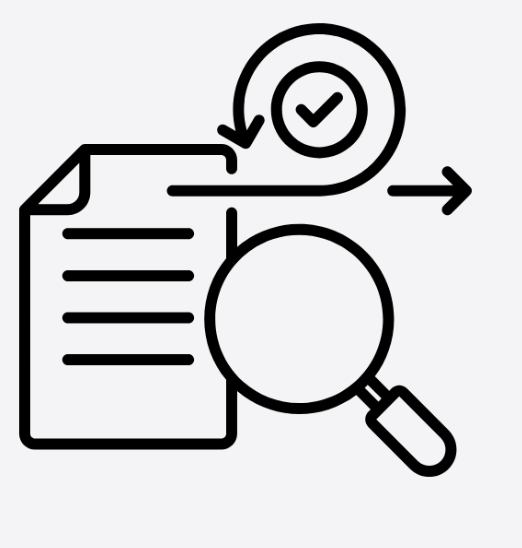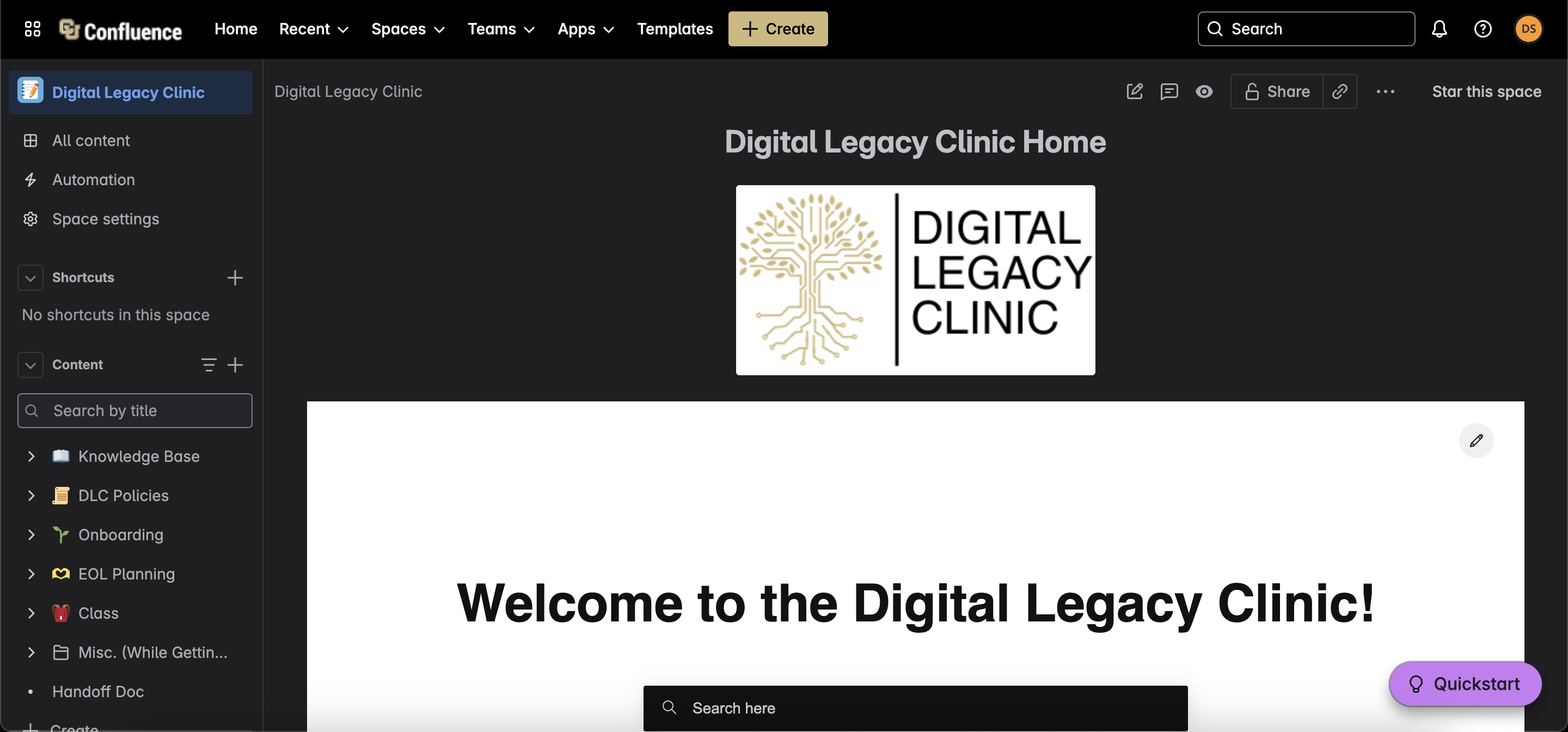
The goal with this project was to implement a more formal knowledge base for the clinic. This knowledge base would primarily have information on platforms that we have assisted clients with previously, including what options exist on each platform for various actions such as deleting or memorializing your account as well as archiving your data or giving access of your account to someone else. There would also be third party tools for platform workarounds as well as internal resources and materials for the clinic members and the class element of the clinic.
